Do you remember your Cycling Proficiency Test?
Back when I did it, circa the turn of the millennium, all I remember was having to wear a helmet to cycle to the end of the road and back.
Then I got a badge and forgot all about it.
Today however, things are a little different.
Cycling Proficiency Tests have been replaced with a scheme called Bikeability, a free national cycling programme which not only teaches kids how to cycle, but also why they should.
In charge of this scheme for the whole of Aberdeenshire is June Andrew, and her goal is for us to live in a world where everyone, and especially kids, can safely use a bike as their main mode of transport.
Why bother teaching kids to cycle?
For the last eight years, June has made it her mission to instil a love of cycling in children – not just for practical or fun reasons, but also for the planet.
“It sounds strange,” she said, “but often when children first learn how to cycle they aren’t really interested because they can’t see how they will fit into the scheme, they don’t know where they might cycle and when.”
It’s not their fault. Lots more parents are working, so children get ferried around to their after-school activities, plus cars are much bigger than ever before and roads are busier, June explains.
This means many kids hardly cycle at all, and if they do it’s almost never on a road to get to a destination.
“But once they gain confidence in riding a bike, their skills build and you can see them starting to plan ahead, make decisions and see where cycling could slot into their life,” June said.
“The whole idea of Bikeabilty is to instil a love of cycling which the kids will carry forward into their adult lives.
“And in the future, there are going to be more and more provisions in place for cycling – it’s my hope that it will be natural for people to just pick up a bike when they want to get somewhere.”
What is Bikeability?
Bikeability replaced the original Cycling Proficiency Test in 2010, and June is one of the most prolific trainers in Scotland.
Most Bikeability coordinators deliver five or six training courses in a year; last year June held 35 in schools across Aberdeenshire.
About 3,000 children complete Bikeability each year in the region, meaning June has trained roughly 25,000 kids in the last eight years.
In comparison to my “cycle to the end of the road and back” tuition, kids today have to go through two different levels of training (one traffic-free and one on real roads) for a total of around 12 hours, on top of additional theory work.
“It’s quite a commitment, they need to learn not just about cycling and keeping their bike in good condition but also everything from road markings and positioning to signs and traffic lights,” June said.
“And it’s so important for us to be inclusive, there are lots of kids who don’t have their own bikes but we can arrange for them to borrow.
“Similarly we have children of all abilities taking part – some with adapted bikes especially for them.
“Cycling is a life skill, and when they say ‘it’s like riding a bike’ it’s absolutely true, you never forget how to do it.”
Are more people really cycling than ever before?
June has spent 30 years working in road safety, first with Grampian Police and latterly for Aberdeenshire Council.
In that time she has seen changing patterns in the way people travel.
Primary 7 in Pitfour School have been improving their 'Bikeability' Skills with @BikeabilityUK . From basic Skills to advanced techniques to make sure that cycling is enjoyable and safe. #aberdeenshire #bikeability #cycling #learning pic.twitter.com/1oD0wyAVAw
— Pitfour School (@PitfourSchool) October 5, 2021
“Over the years, cars have definitely become bigger and faster and the roads are busier,” she said.
“But despite that, the number of people cycling has increased, especially in the last four years I’d say.
“A huge number of parents are now into cycling themselves – some commute to work on their bike or even do triathlons.”
No longer does June have to convince reluctant parents and kids that cycling is a real mode of transport.
“I don’t have to convert people, they are already converted!”
And for June, the impact is simple.
The more people who cycle means the less congestion on our streets, and the less congestion, the less pollution, she says.
When you put it like that, it’s simple.
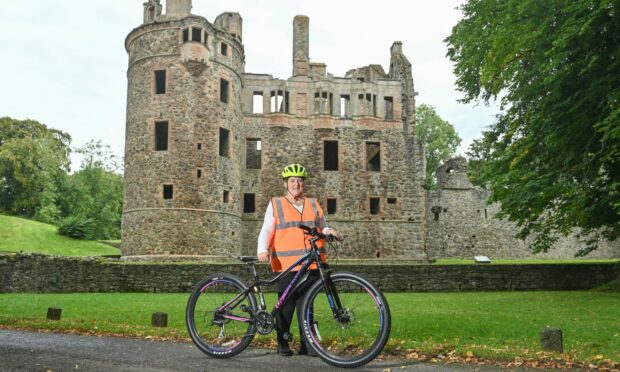
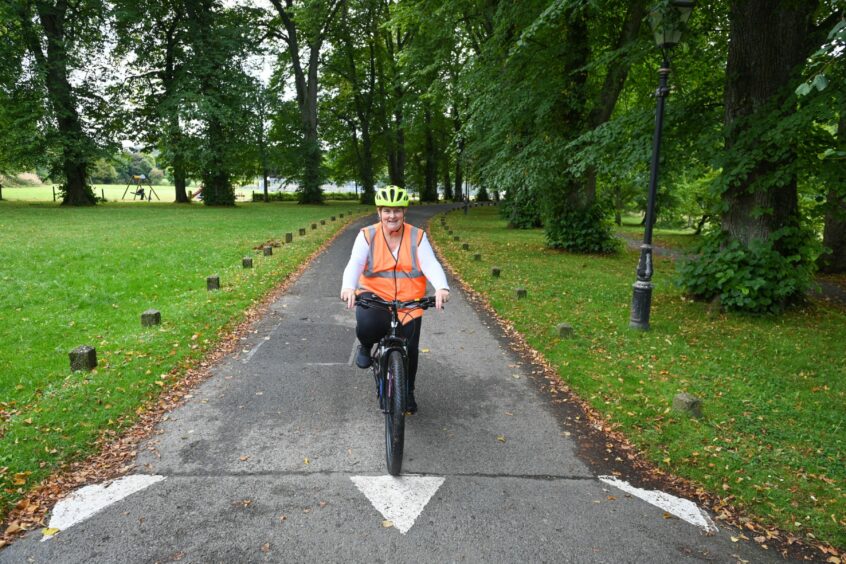
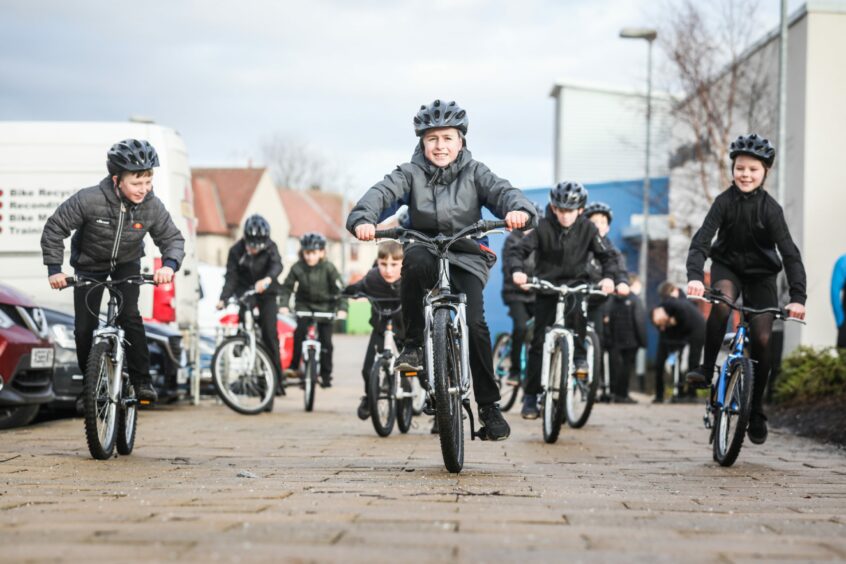
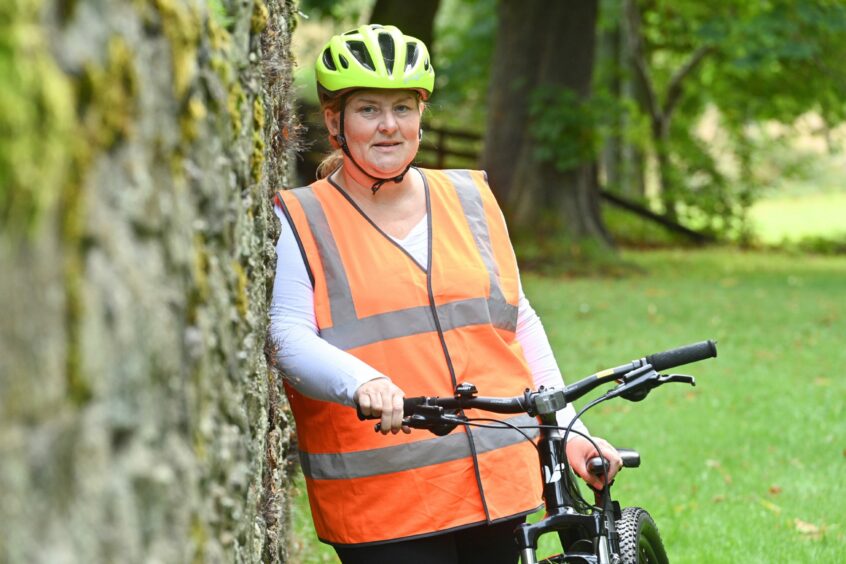
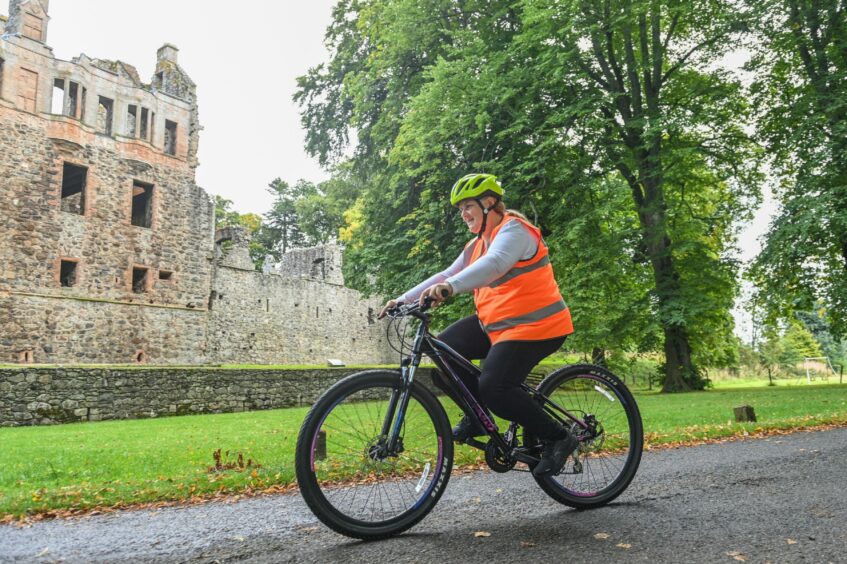
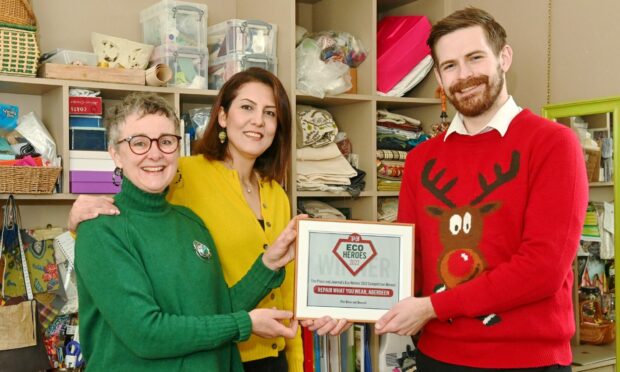
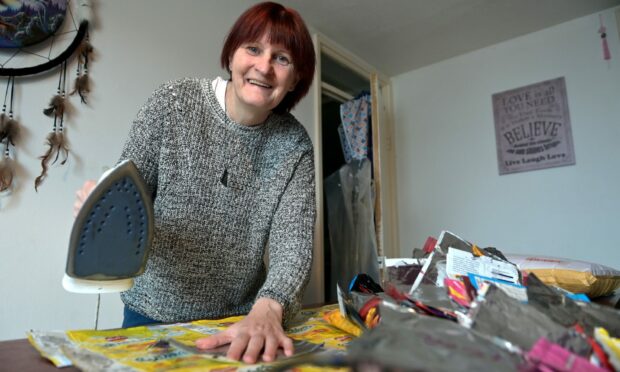
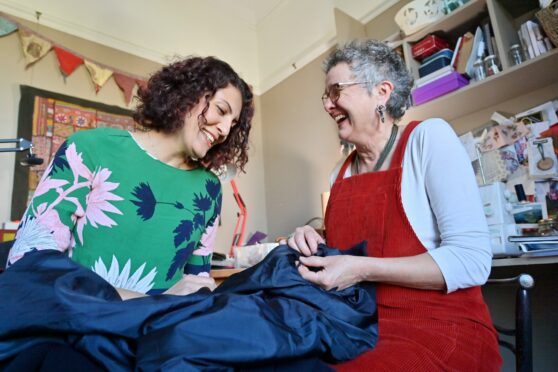
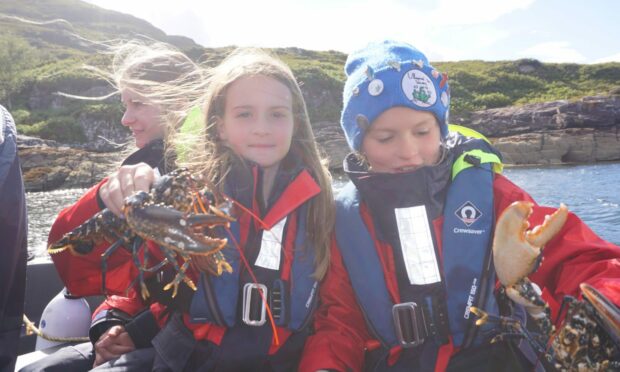
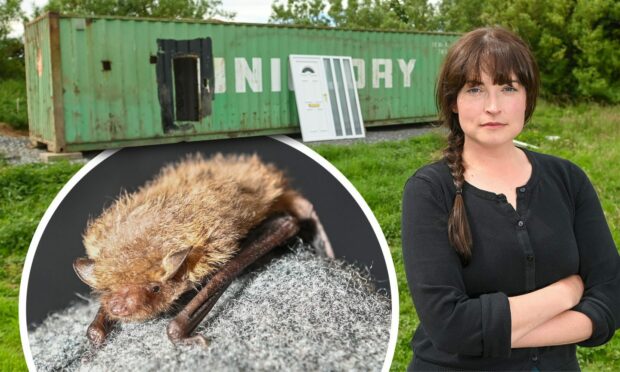
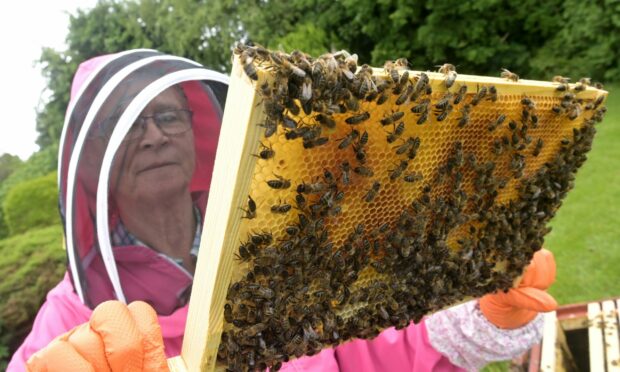
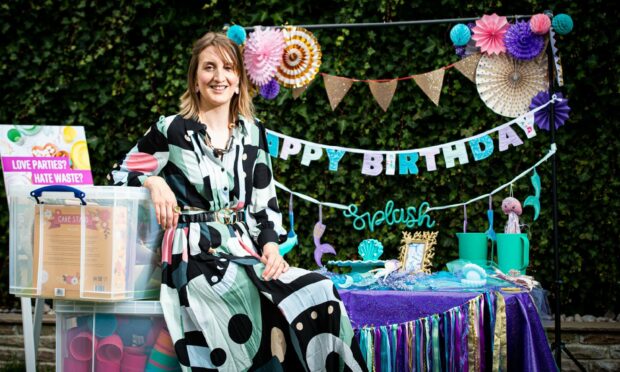
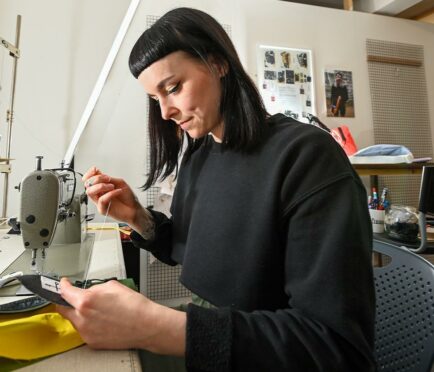
Conversation